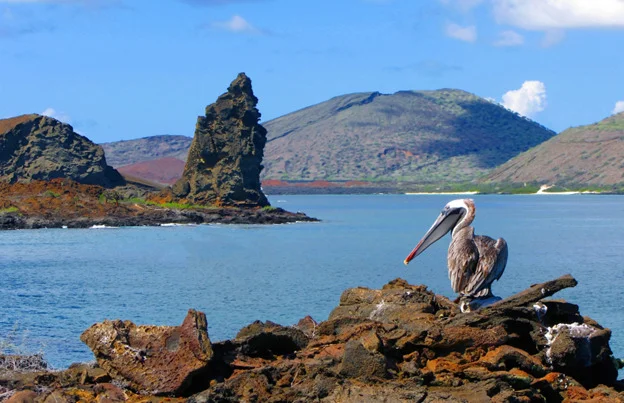
Microplastic monitoring in the Galápagos Islands | Travel News
Despite strict regulations limiting visitor access and even restricting entry to certain areas for environmental researchers, around 6 tons of plastic waste still end up on the shores of the Galápagos Islands each year.
To combat this issue, the IAEA’s Nuclear Technology for Controlling Plastic Pollution initiative is collaborating with Ecuador’s Oceanographic Institute of the Navy (INOCAR) and the Polytechnic School of the Coast (ESPOL).
“To safeguard the archipelago’s remarkable biodiversity, the Galápagos National Park has adopted stringent environmental protections to preserve the island’s rare plants and animals,” says Maria Jose Marin Jarrin of ESPOL.
While the National Park has taken action to remove larger pieces of plastic, microplastics present a more complicated threat. These minuscule fragments are easily consumed by marine life and are challenging to detect using conventional monitoring techniques.
Through the IAEA, scientists in the region now have access to nuclear-based tools and practical training, helping them to study and identify microplastic contamination and produce reliable data on its presence in marine environments.
INOCAR has emerged as a key regional center for microplastic monitoring, handling samples not only from the Galápagos and other areas of Ecuador but also from various countries in South America and even Antarctica.
Moving forward, INOCAR will continue testing water and sand samples, while ESPOL will focus on analyzing biodiversity and marine and land species—supporting the Galápagos National Park in its mission to manage and protect these delicate ecosystems.
Check Our Suggested Tours:
- Galapagos Isles Western Voyage 8-Day Cruise
- Galapagos Central and Southern Islands
- Luxury and exclusive Galapagos Cruise to enjoy it with family and friends
- Elite Catamaran Galapagos Islands luxury cruise 8 days eastern & western route
- Exploring Galápagos + Machu Picchu and Peru's Land of the Inca
- Galapagos Eastern Islands 8 day cruise Itinerary on board Ocean Spray

